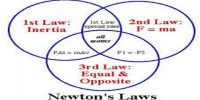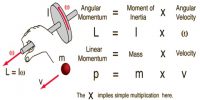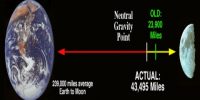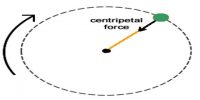Milky Way looks like a stream of milk across the sky. Some of the important features are given below.
(i) Shape and size
Milky Way is thick at the centre and thin at the edges. The diameter of the disc is 105 light years The thickness of the Milky Way varies from 5000 light years at the centre to 1000 light years at the position of the Sun and to 500 light years at the edges. The Sun is at a distance of about 27000 light years from the galactic centre.

(ii) Interstellar matter.
The interstellar space in the Milky Way is filled with dust and gases called inter stellar matter. It is found that about 90% of the matter is in the form of hydrogen.
(iii) Clusters
Groups of stars held by mutual gravitational force in the galaxy are called star clusters. A star cluster moves as a whole in the galaxy. A group of 100 to 1000 stars is called galactic cluster. A group of about 10000 stars is called globular cluster.
(iv) Rotation
The galaxy is rotating about an axis passing through its centre. All the stars in the Milky Way revolve around the centre and complete one revolution in about 300 million years. The Sun, one of the many stars revolves around the centre with a velocity of 250 km/s and its period of revolution is about 220 million years.
(v) Mass
The mass of the Milky Way is estimated to be 3 x 1041 kg.















